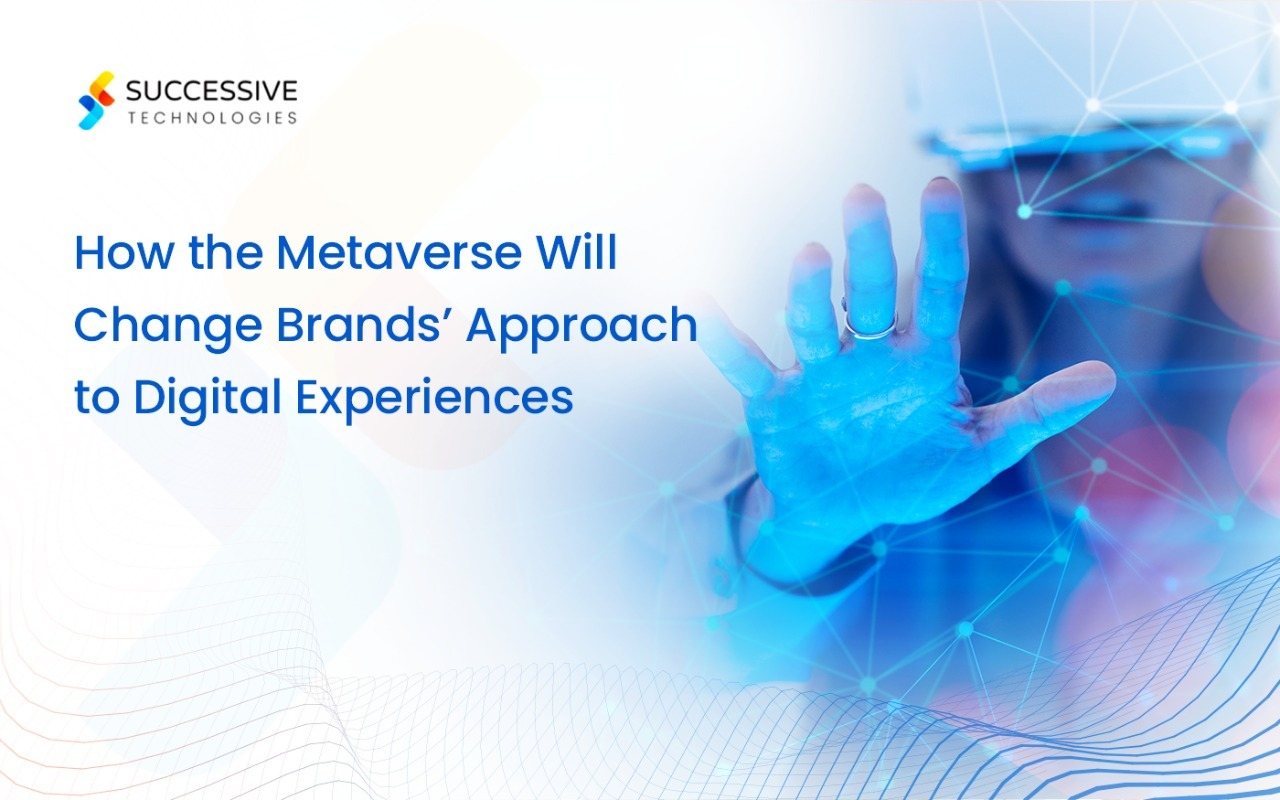Augmented reality (AR) and virtual reality (VR) technology are revolutionizing the retail industry by offering immersive and interactive buying experiences beyond traditional techniques. AR/VR implementation in retail improves the real-world environment by overlaying digital data while creating simulated environments, allowing purchasers to explore digital shops or try on merchandise without leaving their physical places. These technologies promise to scale customer engagement, improve decision-making, and force sales by extending customized and dynamic interactions. However, many retail AR/VR integration problems involve addressing complicated technical problems that may impact overall performance, user experience, and feasibility.
Retailers must navigate hardware obstacles, including the need for powerful processing and high-definition media, and develop software programs that can function seamlessly throughout multiple platforms. Additionally, ensuring robust network infrastructure to support real-time data processing and rendering is crucial. Designing intuitive user experience, coping with tremendous quantities of data, and keeping up with privacy and safety requirements further complicate AR/VR implementation in retail. This blog explores into technical challenges, offering a comprehensive overview of the obstacles that need to be overcome to realize the full potential of AR/VR in enhancing retail customer experience.
Hardware Limitations
-
Processing Power and Graphics Performance
AR/VR implementation in retail requires extensive processing strength and excessive performance to render immersive environments in real time. Current mobile devices, which might be generally used for AR applications, regularly struggle with computational needs, leading to problems consisting of lag, overheating, and battery drain. While AR/VR retail customer experience models are high-priced and not very popular along consumers, the undertaking lies in developing hardware that could stabilize overall performance, cost, and consumer comfort.
-
Sensors and Tracking
Accurate monitoring of a user’s movement and environment is essential for a continuing AR/VR experience. This requires sophisticated sensors and monitoring structures that can detect and respond to movement without delays. In AR, the device must be continuously mapped to its surroundings to overlay virtual objects as it should. In VR, specific head and hand tracking structures must be precise to prevent movement illness and improve realism. Developing cost-effective and reliable tracking solutions is one of the common AR/VR retail industry challenges.
Software Development
-
Platform Fragmentation
The AR/VR implementation in the retail market is fragmented across multiple structures and devices, every with its own improvement environments, equipment, and standards. This fragmentation makes it challenging for developers to create applications that work seamlessly through multiple hardware and software configurations. Ensuring compatibility and overall performance throughout ARKit (iOS), ARCore (Android), and various VR headsets calls for enormous effort and resources, ultimately leading to retail AR/VR integration problems.
-
Real-time Rendering and Graphics
AR/VR implementation in retail demands the real-time rendering of high-quality graphics to maintain immersion. This process involves intricate calculations and optimizations to render 3D models, textures, lights, and shadows accurately. Techniques such as Level of Detail (LOD) management, occlusion culling, and real-time ray tracing are crucial but computationally intensive. Developers are tasked with the delicate balance of maintaining graphical fidelity while ensuring performance to avoid latency and deliver a seamless experience.
-
Content Creation and Management
Creating compelling and sensible AR/VR retail customer experience calls for specialized competencies and tools. 3-D modeling, animation, and environment layout are more complicated than traditional 2D content. Additionally, managing and updating this content material, specifically for large-scale retail packages with huge product catalogs, affords massive challenging situations. Retailers need efficient content introduction, management, and distribution pipelines to keep their digital environments updated.
Network Requirements
-
Bandwidth and Latency
High-speed, low-latency networks are crucial for AR/VR implementation in retail, especially for mobile AR applications that rely on cloud computing. The deployment of 5G networks is expected to address many of the current issues, but it is important to note that significant adoption and ongoing infrastructure development are still in progress.
-
Edge Computing
Edge computing can be employed to process data to the user’s location to lessen latency and improve overall performance. However, implementing edge computing infrastructures requires substantial capital and coordination among retailers, technology companies, and network operators. Developing robust and scalable edge computing solutions is one of the major AR/VR retail industry challenges that itself is a complex mission, involving cost, performance, and coverage.
Data Management and Privacy
-
Data Collection and Storage
AR/VR implementation in retail application generate and depend upon massive amounts of data, including consumer interactions, environmental mapping, and biometric data. Managing this information securely and successfully is a substantial task. Retailers must put in force robust data protection solutions that may cope with significant volumes of data while ensuring easy access to and retrieval for real-time processing.
-
Privacy and Security
The use of AR/VR in retail raises privacy concerns, especially in the context of personal data collection and usage. Retailers must ensure that user data is collected transparently and with consent, and that it is stored and processed securely to prevent breaches. It is essential for retailers to implement robust data security measures and comply with regulations like the GDPR to reassure consumers about their data privacy and maintain their trust, avoiding any retail AR/VR integration problems.
Conclusion
AR/VR implementation in retail gives exciting opportunities to improve customer experience and drive user engagement. However, overcoming the technical challenges mentioned in this blog requires coordinated efforts from hardware manufacturers, software developers, network companies, and the retailers’ community. Advances in processing power, sensor technology, and network infrastructure are essential to creating AR/VR as a possible and massive tool within the global retail industry. As the technology matures, addressing these challenging situations will pave the way for better immersive, effective, and accessible for all AR/VR retail applications.












